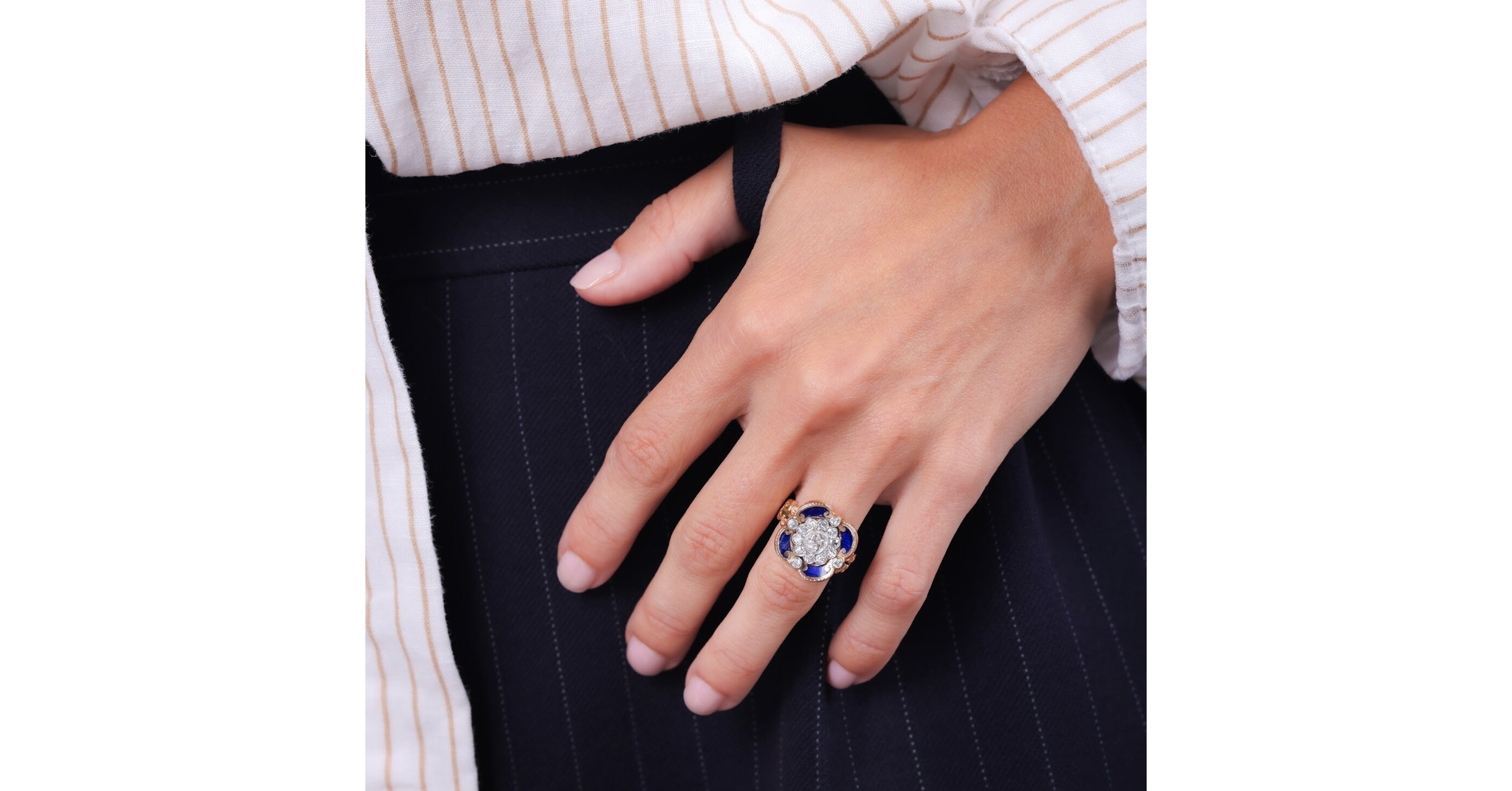The term “to whitewash” is metaphorically used to mean glossing over or concealing faults. The origin of the term could be traced to refurbishing a building with lime-wash which had can hide defects and present an attractive appearance. Long before the advent of paint, the old-fashioned and economical whitewash was the order of the day.
Mark Twain’s classic account of how Tom Sawyer whitewashed a fence had immortalised this occupation. Whitewashing was once a standard practice in many homes. It is still popular in rural areas and in old residential parts of towns.
An annual ritual I remember well was whitewashing undertaken in our ancestral house. It was carried out either close to the Pongal festival or at any convenient time during summer. All members of the family including me, a middle-school student then, would cooperate to ensure a successful operation.
It was both pain and pleasure for us in equal measure. Pain, as our daily routine would be upset. It was pleasure to watch the house brightening up.
Selvam, the ebullient whitewash-painter of our family, would remind my father sufficiently early that the task was due. Father would ask him to buy the materials and complete the job. Selvam would empty a few bags of whole lime in a big cement tank near the well in our garden.
He would then pour water into the tank after which the whole content would boil with a hissing sound as if it was placed on fire. As we, children, were watching it with amusement, my father would.


















